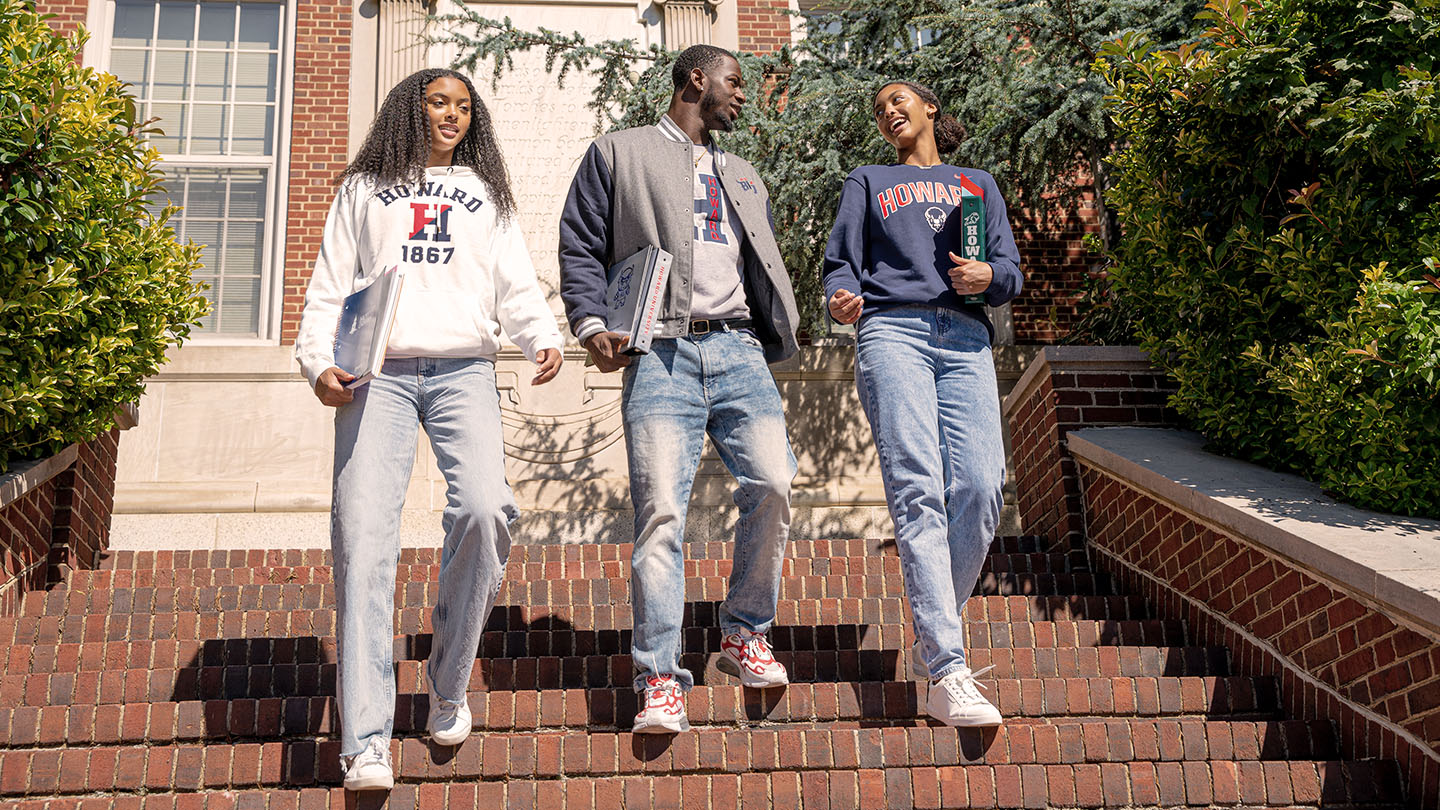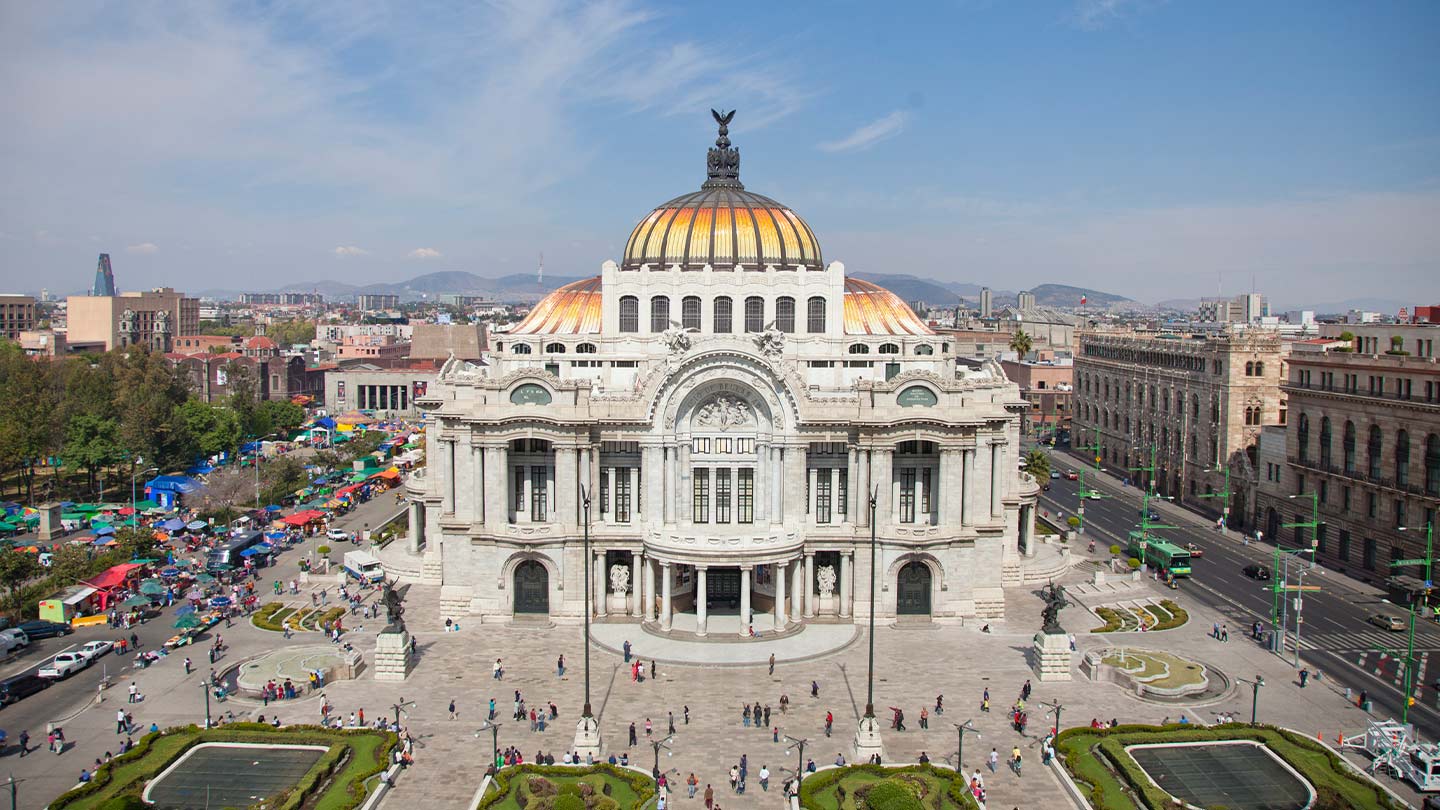
Howard University’s Dr. Wayne A. I. Frederick still remembers the first time he met Jamie Dimon, Chairman and Chief Executive Officer of JPMorgan Chase & Co.
Frederick, an accomplished cancer surgeon, had recently been named president of the prestigious university in Washington, D.C., and Dimon came to campus in 2014 to give a speech. There was a luncheon afterward, but Dimon made a quick detour to talk with about 20 students.
That “quick detour” turned into a 90-minute conversation.
“He never showed up at the luncheon,” Frederick said. “I went back about an hour and a half later, and sure enough, he was still in the same room talking to those students.”
Dimon’s eagerness to spend time with students struck a chord with Frederick. And it showed that the two institutions share a common mission.
“We want to be with somebody who is going to manage our assets well, but they have to understand why we’re doing it,” said Frederick, who is retiring as president later this year. “It’s not just about numbers; it’s about people.”
Going beyond the transactional
A decade ago, Howard found itself in a worrisome financial position. Revenue from Howard University Hospital and student tuition was shrinking. Financial aid costs were rising as government appropriations fell. And aging campus infrastructure needed updating.
Frederick approached J.P. Morgan with a list of requests, including access to credit.
Even before it became the school’s primary banking provider in 2021, J.P. Morgan extended $100 million in credit to Howard, which the university used to help make payroll and keep the campus running.
As part of its Howard Forward strategic plan, the university is focused on improving efficiencies and achieving financial stability. Howard worked with J.P. Morgan to streamline payroll and optimize working capital, freeing resources the university can use to advance its educational mission.
An all-in approach
In addition to streamlining operations, J.P. Morgan has worked with Howard on several fronts:
- Advising the university as it develops a modern, 600,000-square-foot facility with 225 beds and a Level 1 trauma center.
- Helping Howard maximize its real estate assets; the school estimates that its leased properties will generate about $145 million toward its $785 million capital plan.
- Growing the university’s endowment, the largest among all Historically Black Colleges and Universities (HBCUs).
- Providing cybersecurity guidance to help protect Howard from fraud attacks.
- Helping Howard access public markets; the firm’s Higher Education Public Finance team served as lead underwriter on a $300 million bond deal, part of a push to revitalize the campus.
- Placing a branch on Howard’s campus where students can participate in financial education sessions.
- Engaging through the Office of Black Affairs and initiatives like Morgan Health.
Williams said Howard was looking for a bank that could address all its needs. This included financial solutions ranging from treasury to credit, as well as support from the Office of Black Affairs and Morgan Health—two initiatives that amplify Howard’s mission of social justice.
“Those are things that … do positively impact the balance sheet but ultimately are beyond traditional revenue enhancement,” Williams said.
The relationship extends to helping Howard strengthen its hospital, grow its endowment, connect more deeply with alumni and build a future. These steps can help Howard extend more scholarships to students, invest in its faculty and continue to generate economic opportunity.
“When we have any challenges at the university, Kyle starts asking questions before we even reach out to him for a solution,” said Dr. Tashni-Ann Dubroy, Howard’s Executive Vice President and Chief Operating Officer. “You realize your colleague is paying attention … and it matters. Banking should never be transactional. It has to be about relationship building, and J.P. Morgan has been able to demonstrate that.”
Focus on quality
University administrators across the country are staring down an enrollment cliff, said Stephen Graham, Senior Vice President and Chief Financial Officer for Howard. The number of college-age students in the U.S. will drop sharply in the next few years, he said, and competition among schools for new students will grow more intense.
In this ultracompetitive environment, many universities can feel pressured to change their pricing strategies or admissions standards to meet their enrollment goals, Graham said. But not Howard.
“Our strategy is to focus on the quality of students we recruit and the quality of Howard’s brand,” he said. “Our mission tells the world that this is where students should go to really move themselves forward.”
The results so far? Record enrollments and the most selective freshmen classes in the school’s history.
“What we’ve done over the last few years has put us in a place that we can achieve all the goals we’ve set, including the redevelopment of the academic campuses and the building of a new hospital,” Graham said. “But we remain nimble enough to pivot as needed as anything changes in the landscape.”
Landmark leadership
Students and alumni affectionately call Howard “The Mecca.” The nickname honors the institution’s role as a leader among Historically Black Colleges and Universities (HBCUs), as well as its central position in Black business, politics and culture.
Howard’s leadership team is keenly aware that its growth strategy inevitably sets a model for other HBCUs. “They’re listening to us, and they’re watching what Howard University does,” Dubroy said. “As we continue to be the landmark, we want to replicate it in academics and research, social responsibility, community building, community care.”
With $785 million in planned activity on campus, $300 million invested in public markets, a healthy hospital and positive momentum, Howard is well positioned today. And as Dr. Ben Vinson III takes over as the university’s new president in September, Howard is ready to remain a leader not only in Washington, D.C., but in the HBCU community, across the nation and around the world.
“What you’re doing is investing in the leadership and the promise of a better tomorrow,” Dubroy said.
JPMorgan Chase Bank, N.A. Member FDIC. Visit jpmorgan.com/cb-disclaimer for disclosures and disclaimers related to this content.







